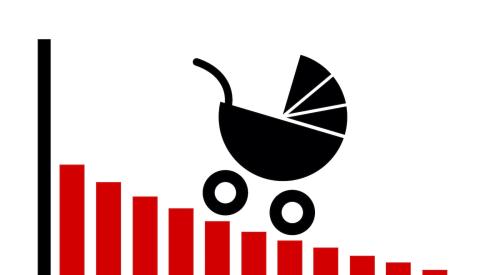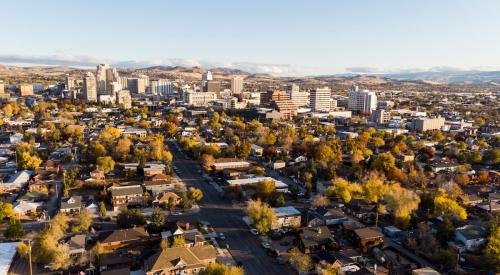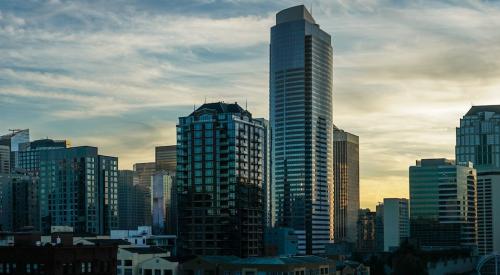A recent National Association of Realtors (NAR) analysis reveals a booming apartment market as occupied units increased by 207,035 from quarter one to quarter two of 2021. For comparison, the change in the number of occupied units in 2019’s second quarter was 116,526—almost half the current pace. NAR analyzed data from 138 markets and discovered a positive increase in occupied units for 137 of the total markets. The one market to experience a negative occupancy rate was San Francisco with negative 2,730 units. Rhetoric of an urban exodus in 2020 could be proven through NAR’s analysis, but only for some large cities.
It is worth pointing out that the decline in apartment occupancy was concentrated in the New York City area and in the West Coast markets: San Francisco (-6,958 apartment units); New York City (-4,371 units); South Bay/San Jose (-2,791 units); East Bay/Oakland (-445 units); Chicago (-337 units); Pittsburgh (-71 units),and Yakima (-30 units).
Other large markets did not experience negative net absorption during any of the quarters since the pandemic. The largest gains in occupancy during 2020 Q2 – 2021 Q2 were in Atlanta, Austin, Boise, Dallas, Denver, Houston, Orlando, Philadelphia, Phoenix, and Portland.
One reason for the decline in occupancy is the makeup of the workforce. West Coast markets have a heavy concentration of technology workers2, while New York City is a major financial center, headquarters to many corporations, and a tourist destination, so apartment rental demand plummeted at the height of the pandemic (2020 Q2) in New York City and the West Coast markets when workers started working from home and as business and personal leisure and travel were cut back.













